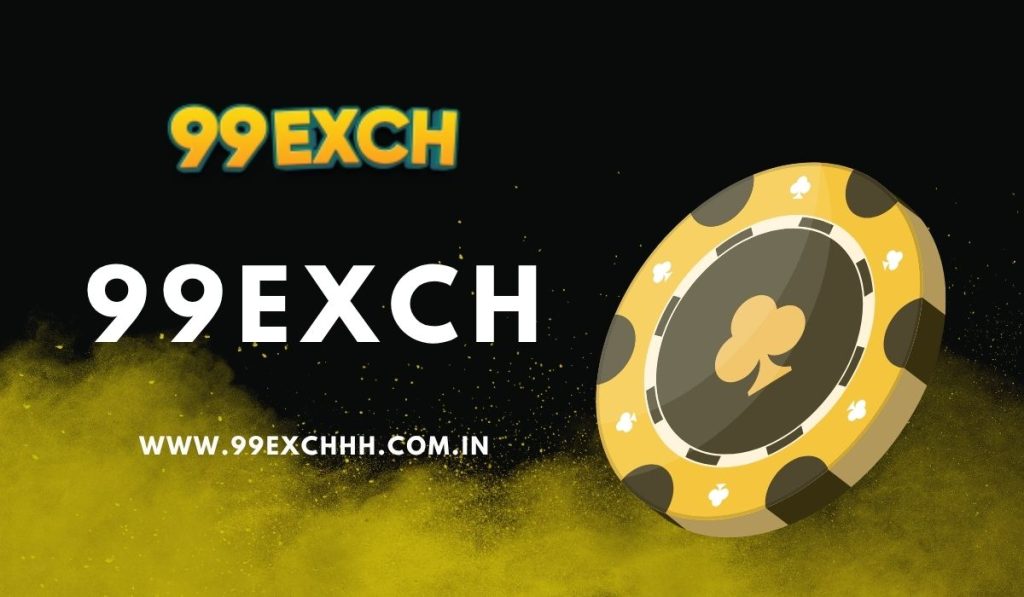Poker is more than just a game of cards — it’s a psychological duel, a skill-based journey, and a reflection of a player’s mindset. On platforms like 99Exch, where thousands engage daily in different poker formats, patterns of gameplay begin to emerge. These patterns reveal more than just winning strategies; they offer deep insights into the behavior, adaptability, and evolution of the 99Exch player base.
As poker continues to gain momentum on 99 Exch, studying these patterns helps understand not only the players’ preferences but also the overall growth of the platform. From bluff trends to time-of-day preferences, the way users interact with poker tells a compelling story.
Early Aggression and Late Caution: A Consistent Flow
One of the most noticeable trends in poker sessions on 99Exch is the shift in playing style from early aggression to late caution. New players often enter a table with aggressive strategies — raising frequently, pushing for early pots, and calling large bets. This can be attributed to the adrenaline rush and a desire to make an immediate impact.
However, as hands progress and chips become more valuable, a clear behavioral shift sets in. Players who were bold in the first ten minutes gradually begin folding more and observing others. This change shows a natural learning curve in real-time — players adapt their strategies based on losses, patterns of opponents, and table dynamics. It’s this in-session evolution that defines the core of 99Exch poker players: adaptive, observant, and willing to recalibrate quickly.
Bluff Frequency and Table Psychology
Bluffing is the soul of poker, and on 99Exch, its use has evolved into an art form. Analysis of poker tables over time reveals that bluff frequency is highest during mid-stack play — that is, when players have neither too many chips nor too few. This stage gives players enough leverage to risk some chips while still protecting their game.
More interestingly, players on 99Exch seem to bluff more often when playing against avatars rather than real-time webcam tables. This shows a key psychological trend — the absence of visual cues gives more confidence to attempt a bluff. Additionally, users are more likely to bluff during night-time sessions, especially between 11 PM and 2 AM. Whether this is due to tired opponents or a riskier late-night mindset, the result is consistent: the darker the hour, the bolder the bluff.
Time-of-Day Impacts Playing Style
Poker on my99exch isn’t a round-the-clock uniform activity — different player behaviors dominate different time windows. Morning sessions, for instance, are dominated by users who take a calculated and cautious approach. These users are often regulars, logging in before or during work hours, showing discipline and measured play.
Afternoon games usually see shorter sessions and quick folds. This suggests that many players during this time are multi-tasking or playing casually during breaks. Evening and late-night sessions, however, are where poker on 99Exch truly comes alive. These hours attract more aggressive plays, tournament participation, and longer sitting periods. This shift suggests that 99Exch users see poker not just as a game, but as a full-fledged evening activity — a form of unwind after daily commitments.
Tournament Players vs Cash Game Regulars
Another revealing pattern is the difference in style between tournament players and cash game regulars. On 99Exch, tournaments demand patience, as blinds increase over time and chip preservation becomes essential. Players in these rooms often showcase defensive strategies, opting for slow play and late-round dominance. Bluffing is more restrained here, replaced by a focus on chip management and reading positional advantage.
Cash game regulars, on the other hand, show a completely different personality. The ability to rebuy chips at any point results in looser play and higher aggression. Patterns suggest that cash game players chase pots more frequently, show lesser fear of loss, and are quick to bounce back from bust-outs. These two player types often overlap, but their behavior varies significantly based on the format.
Chatroom Patterns and Player Temperament
The in-game chatrooms on 99exch Login poker tables also provide insights into player psychology. Friendly banter is common during early hands, but as the stakes rise, chat activity drops. This drop correlates with increased focus and strategic thinking. Interestingly, certain users use chat as a psychological tool — trying to distract, provoke, or disarm opponents. These interactions create a real poker environment, where mental warfare goes hand in hand with card play.
The presence of emojis and reactions has also become part of the bluff strategy. For example, players may drop a ‘laugh’ emoji after a massive bet to fake confidence. Observing these trends, it’s clear that 99Exch users are leveraging every digital tool available to gain even a slight edge at the tables. Check our partner platforms: Winexch | AllpanelExch | Cricbet99 | Fairplaypro
Platform Influence on Strategy
99Exch’s user interface and in-game tools have subtly shaped poker behavior. Features like instant hand history, quick fold, and statistics tracking have helped users improve their decision-making. Over time, players have become more analytical, often studying their own past moves to correct mistakes. This data-driven approach is increasingly common, with players showing more discipline in folding weak hands and defending blinds more intelligently.
Furthermore, the presence of regular poker promotions — like leaderboard challenges and rakeback bonuses — has created a more loyal and competitive poker environment. Many players time their sessions to take advantage of these offers, which in turn has increased the quality and intensity of play.
Multi-Table Play and Risk Profiles
A growing number of players on 99Exch are now engaging in multi-table play — playing two or more poker tables at once. This behavior indicates higher confidence levels and familiarity with the game. These players usually show tighter ranges and are less susceptible to emotional play. Their risk profiles are conservative when compared to single-table casuals, who are more likely to chase unlikely draws or over-commit on marginal hands.
Interestingly, multi-table users also fold quicker and bet more decisively. This shows a reliance on fundamentals rather than instincts, as they don’t have time to second-guess. It’s a hallmark of experienced poker players, and 99Exch seems to be nurturing this layer of pro-level engagement effectively.
Community Learning and Organic Growth
Poker players on 99Exch are also forming learning communities, exchanging tips and strategies on social media platforms linked to the site. Telegram groups, Reddit discussions, and private Discord channels have become places where 99Exch players break down hand histories, analyze bluffing tactics, and even discuss optimal seat selection. This culture of peer learning has elevated the overall skill level of users.
The impact of these micro-communities is clear in how quickly new trends spread. A particular 3-bet strategy or trap move might show up across dozens of tables in a short span, proving that users are watching, learning, and adapting constantly.
Conclusion: More Than Just Cards
The patterns emerging from 99Exch’s poker tables highlight the growth of a new kind of player — one who is strategic, observant, and deeply engaged. From the quiet, patient morning player to the high-energy late-night bluffer, each user reflects a different layer of poker’s complexity.
Poker on 99 Exch Sign Up isn’t just about winning hands. It’s about reading people, studying trends, leveraging digital tools, and evolving with the game. As these patterns continue to sharpen, one thing becomes clear: the 99Exch poker community is not just growing in numbers, but also in maturity, strategy, and depth. And that makes every table a new challenge — not just for the cards in play, but for the minds sitting behind them.


